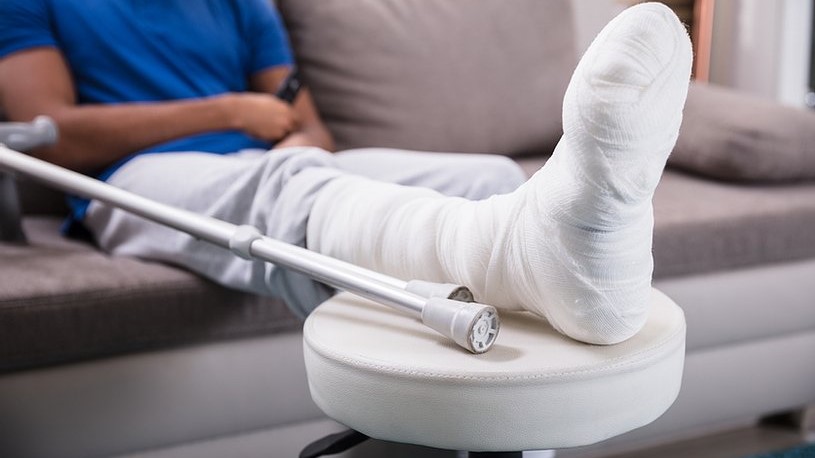Fracture Fixation

Internal Fixation
Plates
These are internal splints that hold the damaged bone fragments together. Plates are attached to the bone using screws. They can be left or removed (in some cases) after complete healing of the bones.
Screws
Screws are internal fixators used in several kinds of orthopedic implants. It is a simple device that comes in different designs depending on the way it will be used and the type of fracture under treatment. These can be used independently to hold broken pieces of bones in place, and also with other internal fixators like rods, plates, or nails. They can be left or removed (in some cases) after complete healing of the bones.
Rods or Nails
When long bones are fractured, the most appropriate way to get the broken bone fragments back together is by inserting a nail or rod through the hollow passage in the middle of the bone that usually has some marrow. To keep the fracture from rotating or shortening, screws are attached at both ends of the rods. Screws also help to hold the rods in place until complete healing of the fractured bone. Rods/nails and screws may be left inside post healing.
Wires or Pins
Wires or pins help to hold extremely small pieces of bones with screws. Mostly, pins or wires are brought into use in combination with other internal fixators. However, they can be used independently to fix fractures of small bones like in the foot and hand. After some time, wires/pins can be removed or left inside permanently based on the type of fracture under treatment.
External Fixation
External fixators work as a stabilizing frame that holds the damaged bones in place. Metal pins or screws are inserted into the broken bone through tiny incisions made in the skin and muscle. The screws and pins are attached to a bar on the exterior of the skin. As the pins are inserted into the damaged bone, these fixators differ from splints and casts which depend entirely on external support.
In most cases, this kind of fixation is performed as a temporary solution for the fractures. As they are applied easily, external fixators are mostly used for patients having multiple injuries and are unable to hold for longer surgery to treat the fracture. Using external fixator to treat fractures provides perfect temporary stability. It works well for the period during which the patient gets prepared for the main surgery.
Certain things are considered while choosing the right internal r external fixators for treating fractures, such as the location, age of the patient type of fracture, medical history of the patient, etc. If the chosen fixators are not compatible with the body, it may lead to infection and other rare side-effects.
Book an appointment to get the most advanced and appropriate fracture fixation.
Book your appointment today to get proper diagnosis and treatment for your shoulder fracture.
Book your appointment today to get proper diagnosis and treatment for your shoulder fracture.
Interventions
Important Links
Contact Us
Room No: 338, 3rd Floor
Yasodha Hospital
Somajiguda, Hyderabad.
+91 9456002345
drtdrreddy@gmail.com
